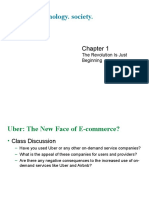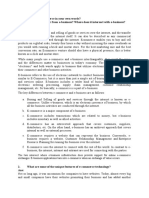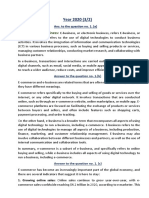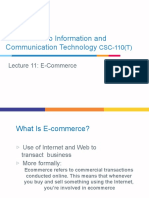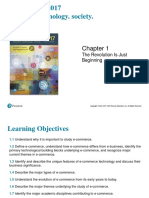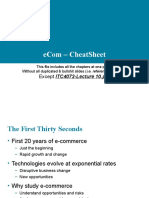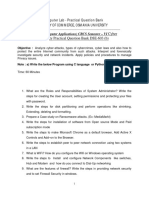0% found this document useful (0 votes)
15 views3 pages9 Question Unit 1
The document outlines key features of e-commerce technology, including ubiquity, global reach, and personalization, which enhance consumer engagement and operational efficiency. It discusses the growth of social e-commerce driven by social media access, influencer marketing, and seamless shopping features, as well as the increasing regulatory oversight due to concerns over consumer protection and data privacy. Additionally, it explains the impact of e-commerce interactivity on businesses, the complexities of measuring web pages, the multifaceted nature of mobile platforms, and the evolution of e-commerce through three distinct stages.
Uploaded by
quangvv22Copyright
© © All Rights Reserved
We take content rights seriously. If you suspect this is your content, claim it here.
Available Formats
Download as PDF, TXT or read online on Scribd
0% found this document useful (0 votes)
15 views3 pages9 Question Unit 1
The document outlines key features of e-commerce technology, including ubiquity, global reach, and personalization, which enhance consumer engagement and operational efficiency. It discusses the growth of social e-commerce driven by social media access, influencer marketing, and seamless shopping features, as well as the increasing regulatory oversight due to concerns over consumer protection and data privacy. Additionally, it explains the impact of e-commerce interactivity on businesses, the complexities of measuring web pages, the multifaceted nature of mobile platforms, and the evolution of e-commerce through three distinct stages.
Uploaded by
quangvv22Copyright
© © All Rights Reserved
We take content rights seriously. If you suspect this is your content, claim it here.
Available Formats
Download as PDF, TXT or read online on Scribd
/ 3





